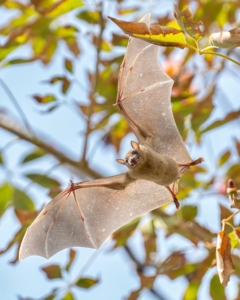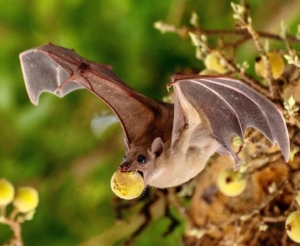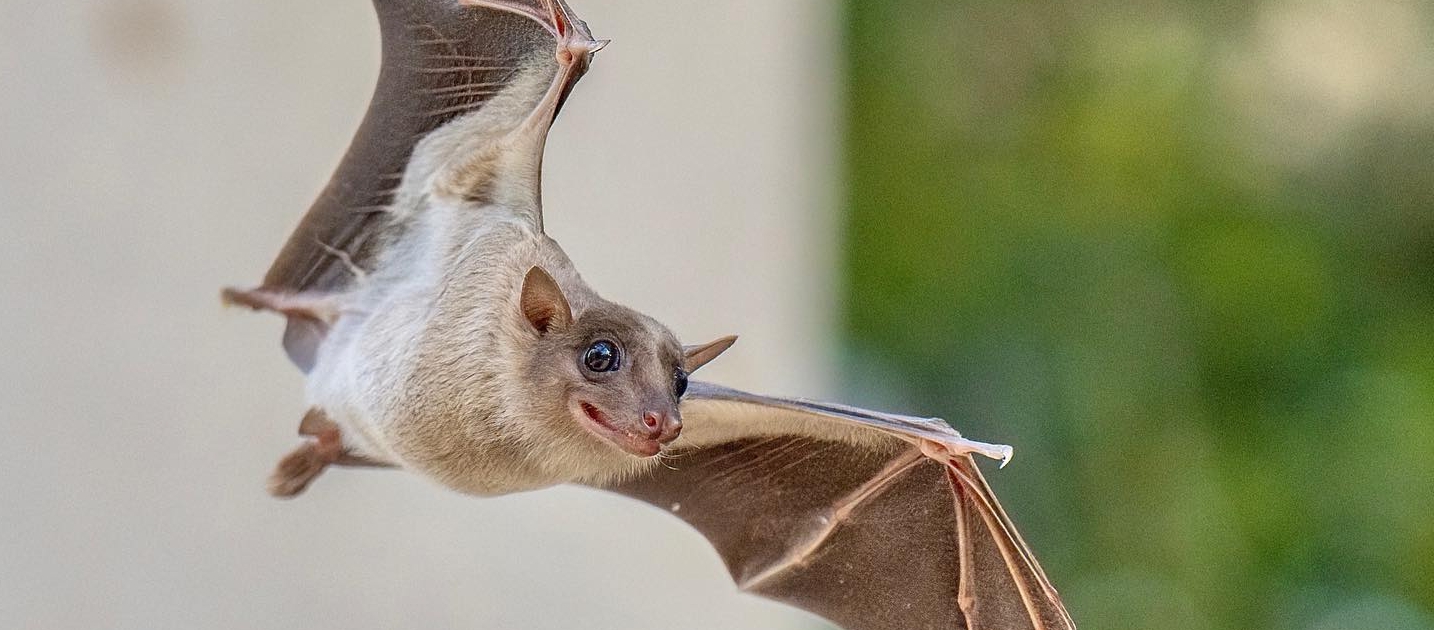Virus Hunting: Anticipating the Next Outbreak
As we all know from the recent COVID-19 pandemic, global disease outbreaks profoundly alter our physical, mental, social, political, and economic health and can have widespread repercussions for years. But what if we could stop an outbreak before it even started? Where would you even begin? How about at the source?
 Approximately 75% of the new human pathogens that have been detected in the last three decades have originated in animals. Thanks to their complex immune system and wide global distribution, bats serve as reservoir hosts for many pathogens, including coronaviruses and rabies.
Approximately 75% of the new human pathogens that have been detected in the last three decades have originated in animals. Thanks to their complex immune system and wide global distribution, bats serve as reservoir hosts for many pathogens, including coronaviruses and rabies.
Among the other 1,400 species of bats, the Egyptian Fruit Bat is the only known reservoir for Marburg virus. Marburg virus, a close viral relative of Ebola virus, is the causative agent of severe, viral hemorrhagic disease outbreaks in sub-Saharan Africa with case fatality rates up to 90%.

Reservoir hosts typically do not become sick when they are infected with a pathogen, so we easily can miss a virus spreading in a population before it jumps into humans. We know that Egyptian fruit bats are a reservoir for at least one deadly human virus, but broad surveillance of viruses in wild Egyptian fruit bats has never been completed.
To fill this knowledge gap, researchers in the College of Veterinary Medicine’s Department of Pathology are examining the tissues of wild Egyptian fruit bats and looking for viral footprints in the tissues. Once possible viral lesions are identified, the tissues will undergo genomic sequencing to identify any viruses present.

The result of this study will be a comprehensive histology atlas of Egyptian fruit bat tissues, as well as a baseline viral profile that can serve as a reference for any researcher working with this species. The more we understand these bats, the easier it will be to identify new viruses within the population and to hopefully prevent future human spillover events.
Research needs and expenses:
- $100 = extract viral DNA from one sample
- $300 = single sequencing library
- $850 = one kit to extract viral DNA
- $1,500 = two kits to extract viral DNA
- $3,000 = all materials to extract viral DNA from all samples
- $5,000 = Next Generation Sequencing
- $15,000 = all sequencing for the entire project.
- $20,000 = cost of the entire project
Any funds received beyond $20,000 will allow for more robust sequencing and identification of the samples attained. For example, researchers would be able to move beyond identifying a general viral family to identifying a specific strain of a specific virus. Your support is appreciated.



